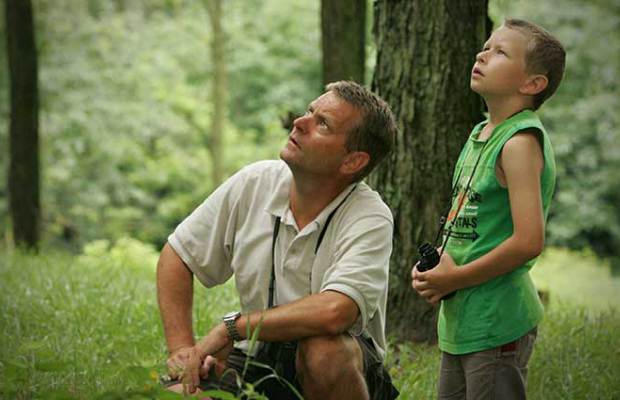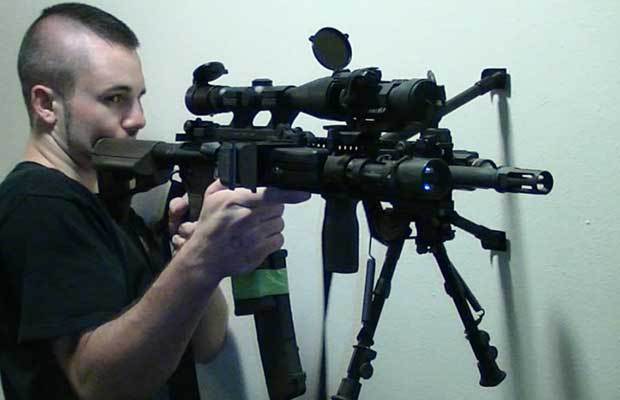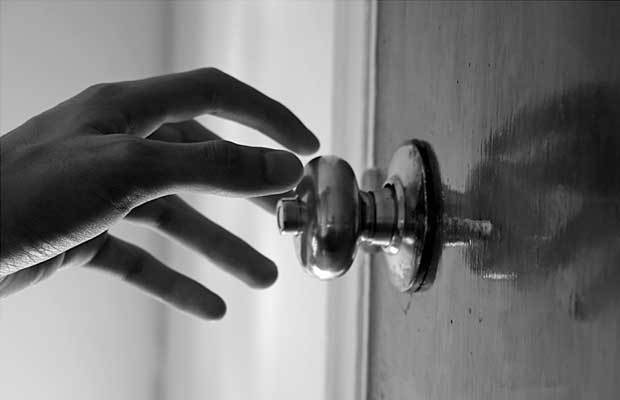Last Shopping Trip Ever: What to Get if You Only Have One Chance Left
While Harvey moves away from Texas, it makes me start to mentally go over my preps and I start analyzing what I still haven’t done, or need to check on again. This happens almost every time there is a news story like this and it is with the full knowledge and belief that I am squared away at a level that I believe will keep my family fed and secure for a good bit of time. Could we last if everything descended into chaos tomorrow and there was wide-spread panic, looting, violence and wars? That, I don’t know. However, we have made a lot of preparations for our family so I don’t feel helpless if we are visited by a future doomsday scenario like that any time soon. I certainly don’t welcome it, but I don’t feel like we’ll be caught completely off guard either. I do think that it is wise to constantly be aware of your surroundings (as well as what’s going on in the world) and to take advantage of circumstances if you can, to give your family a leg up.
I will take the scenario and let’s say you have 12 hours advance knowledge of some event. Let’s say the stock market started tanking mid-day and the punditry and your own sixth sense was telling you that something serious was happening. By the close of business the market is down 30% and trading has been halted. Maybe the government declares a bank holiday, credit cards aren’t accepted and you only have the cash in your wallet or what you have hidden for a rainy day. You know you have to run to the store to get supplies before the rest of the world beats you to it and we will say that you have a limited budget of $200. What would you do? Where would you go and in what order would things need to be done?
Before I continue, I must say that this scenario, if it really was as dire as I am painting would be deadly for a lot of people. I don’t know that what you could grab from the store in 2 hours would keep you alive for years, but it could keep you alive for a week. Something as complex as financial Armageddon can’t be survived with a few cans of tuna fish and some pop tarts but you have to live to fight another day, right? It’s a start, but in a perfect world you would have begun your journey to being prepared a long time ago. We will assume this trip is just going to be adding to what you already have. You could just as easily apply most of the same concepts to a hurricane or flood. That said, let’s go!
What would you do?
Quickly define priorities
One of the first things that any prepper should do is take an inventory of what they need to have in order to survive any given period of time. Regardless of the disaster, the most basic list of priorities would be water, food, shelter and security. Ideally you would have prepared long ago for these basics, but in our scenario you haven’t or something happened and you need to resupply. I think it is safe to say that in terms of priority, if you don’t have all of the above already, security is going to be out so for now we will focus on food and water first and pray that you don’t need security.
It is right now that you need to quickly conduct a mental and physical inventory what you have and what you need. I say physical because I have been surprised in the past when a supply I thought I had plenty of was gone. (What do you mean all of the batteries I had ended up in the Wii remotes?) This is another reason to make sure you are constantly rotating your supplies and refilling when they are used. The time of year must be considered as well. Is it the middle of summer or the dead of winter? This is going to drive the priority of what you are looking for. In a time like this, if you don’t make it to the store quickly, there may not be anything left when you do. Provided you are paying attention and can act though you may beat the crowd before anyone even knows what is going on. Some quick examples are:
- Do you have a gallon of water for everyone in the house for at least one week? Add more if the weather is hot and you may run into quantity limits if the news is out already. For a family of 4 you would need to have 28 gallons (4 X 7 = 28). Do you have a way to capture and treat water after that?
- Do you have enough food to feed everyone for 7 days that doesn’t require cooking?
- Are there hygiene items you need or will need in the upcoming weeks?
- Do you have basic first aid?
Make a Plan
Divide responsibilities if you have more than one person who can run to the store. Once you know what you need to get you can send one person to one store or even split up once you are in the store to grab the items you need quickly. One person can go to Sporting goods and the other person can run to the food aisles. Water is usually located in a couple of places, but they store a lot more of it back in the food section. 2 ½ gallon jugs are easier to carry.
Maintain communication – This is when those great two way radios come in handy. If you can radio the other person shopping, you will both be more efficient and can work better as a team. You can also find your way out of the store together if panic sets in.
Where would you go?
There are a lot of options from the corner grocery store to a convenience store to the big box retailers. I think that if you have access to them all, I would hit a Wal-Mart, or Target first over the other choices. The reasons are price and selection. You have to admit there isn’t much you can’t buy at Wal-Mart and if your time is limited it makes sense to go there instead of somewhere else. Now, can you get better food at Whole Foods or Fresh Market? Yes, but they will have less on hand, the stores are smaller so they will be more crowded and the cost will be higher. Even the parking lots are smaller so you might find your self unable to park, or worse, unable to get out. We are trying for survival here. If Wal-Mart isn’t available you will have to do your best, but that would be my preference. Why Wal-Mart and not a grocery store? Again, Wal-Mart or Kmart or Target each have more items than just food. They all have camping sections and in some cases Sporting goods and you won’t likely be able to pick up a box of 9mm rounds at the Piggly Wiggly.
If all you have is the local grocery store or even the CVS then by all means go there. In fact, the local drug stores have become more diversified in what they carry, but again they suffer from cost and variety. You may have to resort to shopping there, but it isn’t ideal. You will get less for your money and could end up with nothing.
What order would things need to be done?
Again, this depends on what you need the most. If you have a hundred gallons of water stored at home you would skip that possibly. Go for what you need the most of realizing that you can live without food longer than you can live without water.
- Water first – Grab as much as you can. In our scenario above 28 gallons is going to cost you about $31. You can also get this from the tap for free if you have a means to store it.
- Canned meats – think of canned meats like Tuna, Chicken or Ham. The cost on these is a lot higher though so you will need to augment your food with cheaper items. Plan on spending about $50
- Canned veggies – Only grab what your family is going to eat and I would say get items that will go with the other ingredients in a stew. Corn, carrots, tomatoes, beans etc. $20
- Rice and beans – or oatmeal. These will all keep for years and require just a little hot water to make them tasty. You can still get 50 pound bags of rice for under $20. – $40 for rice, beans and oatmeal to last.
- Toilet Paper and Hygiene – It never fails that whenever there is some reason you don’t want to go to the store, you find out you are out of toilet paper. Same with other feminine needs. $12 for TP
- Batteries and Flashlights – I prefer headlights that you can strap to your head. They make any task in the dark much easier than holding a flashlight. Make sure you have spare batteries to last you a week. $30 for two headlamps and $10 for batteries
- Peanuts and Pop-Tarts – Require no refrigeration and who doesn’t like Pop tarts? – Save the junk food for last because I think it will go first. $15
This list is limited and you may be thinking to yourself, that’s all I can get for $200? What if the power goes out? What about home defense? What if the gas stations stop pumping fuel? What about communications or protection against viral infections? Those are all great questions and I hope that if you haven’t started prepping yet, this post might make you reconsider. You do not want to be the person running around with no money trying to plan for your survival at crunch time. Please begin to take steps now, while the lights are still on to protect your family and hopefully this won’t be you.
While Harvey moves away from Texas, it makes me start to mentally go over my preps and I start analyzing what I still haven’t done, or need to check on


































